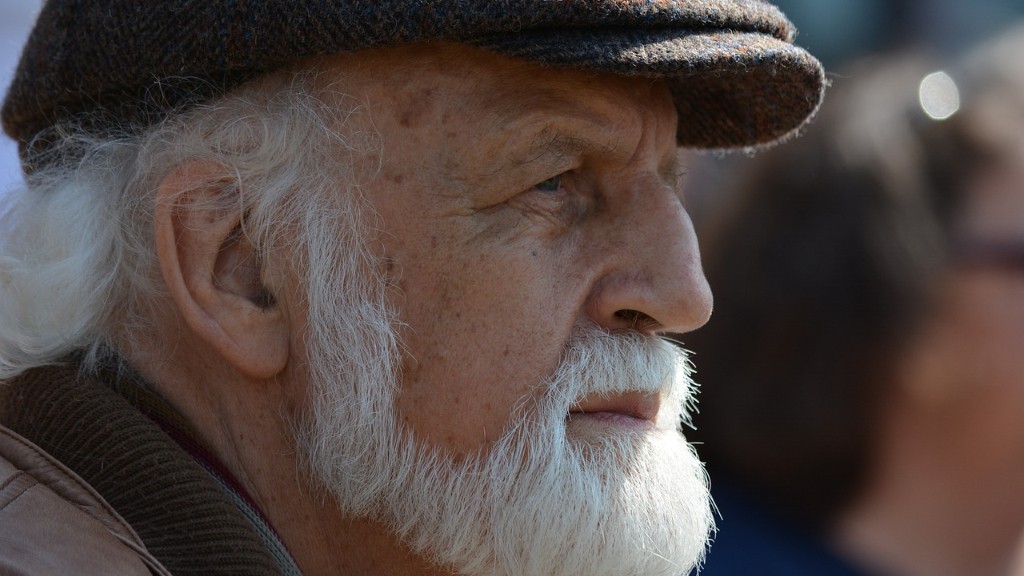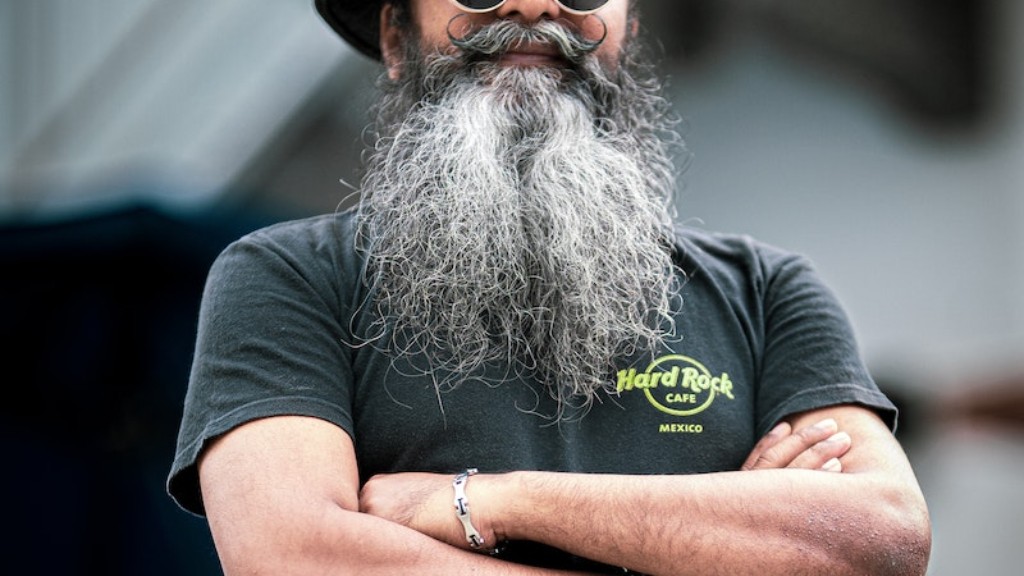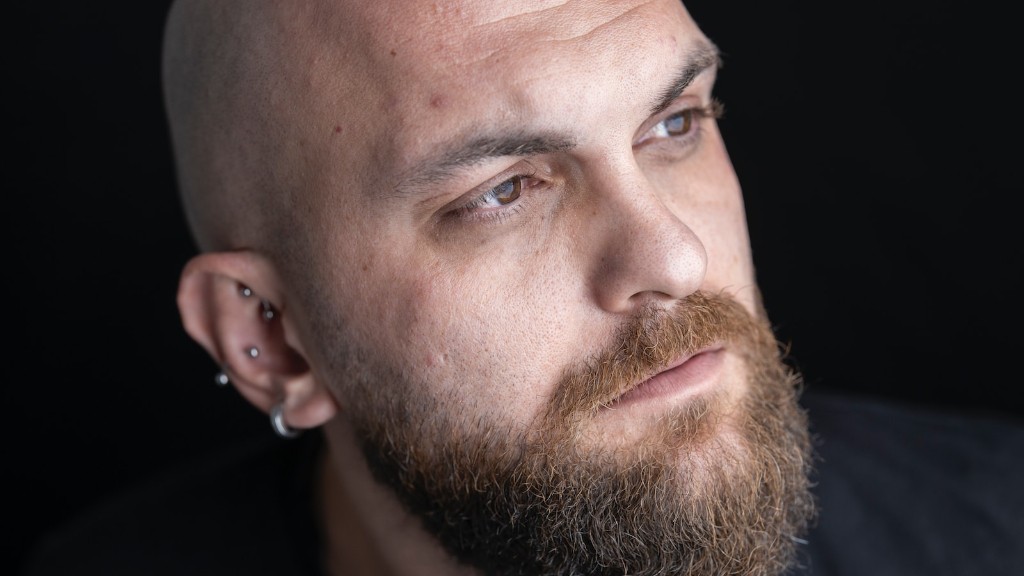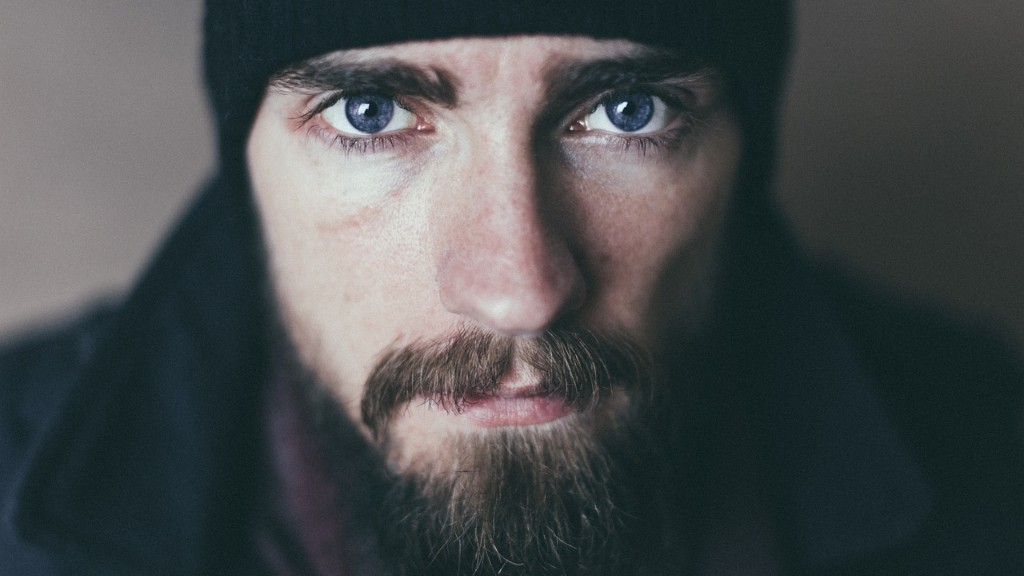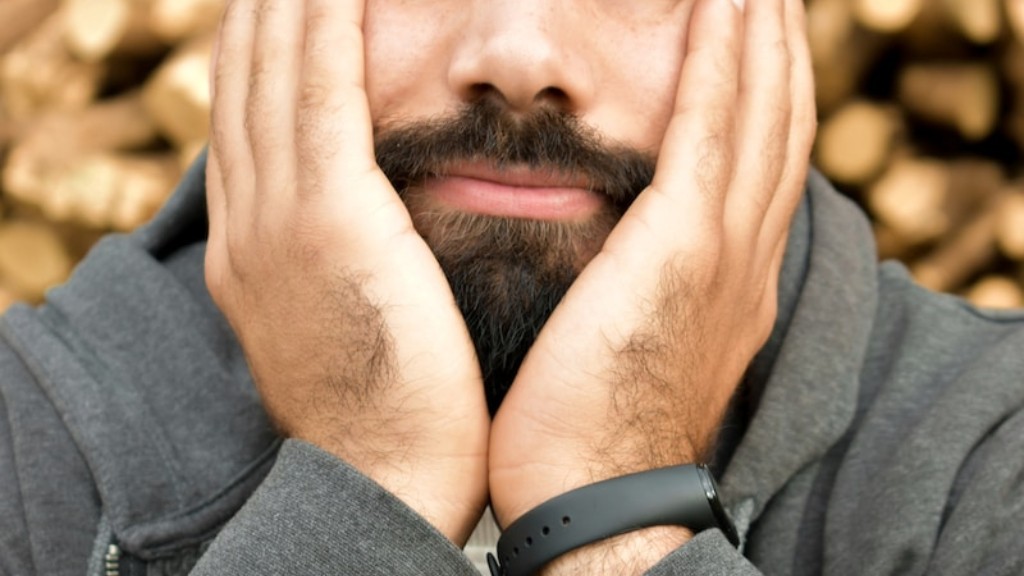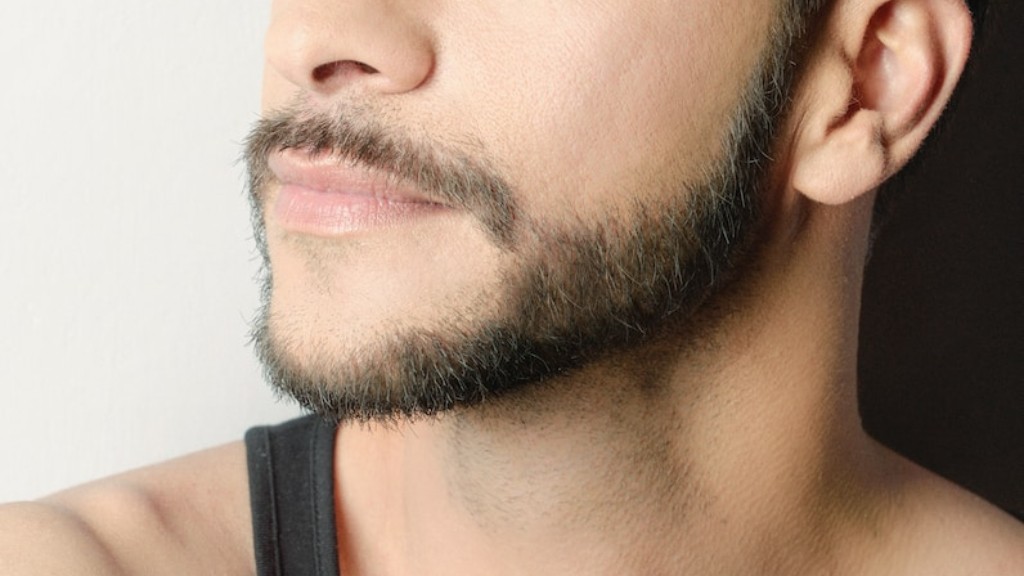Are you looking to grow a beard, but aren’t sure if you’re too old? You’re not alone. Many men want to grow a beard, but are unsure if they’re too old or if they will be able to grow a full, thick beard. The good news is that you can grow a beard at any age. Whether you’re 22 or 52, you can grow a beard. However, the key to growing a successful beard is to start with healthy hair and skin. If you have unhealthy hair or skin, it may be more difficult to grow a beard. To grow a beard, you’ll need to let your facial hair grow out and then take care of it by cleansing, moisturizing, and trimming it. With a little time and effort, you can have the beard you’ve always wanted.
There is no age limit on when you can start growing a beard, so yes, you can grow a beard after 22.
Can I grow beard after 25?
Most men will experience their biggest beard growth from around age 25 to 35, although it varies for each person. Testosterone, a hormone, propels beard growth more than any other factor.
There is no set age when a man will start to grow a beard. Some men see their full beard come in when they’re as young as 18 or 19, while others may continue to have sparse areas of growth until their mid-to-late 20s or even later. The key is to be patient and let your beard grow in at its own pace.
Can I get beard after 23
Beard growth is often linked with age. You may find that you can grow more beard hair as you get older, up to around age 30. After that age, you may want to consider a beard hair transplant if you want to maintain a full, thick beard. However, those who say that at age 23 you have all the facial hair you will ever get are misinformed. Beard growth is not simply a matter of age, but also of genetics, hormones, and other factors.
There are many reasons why some men do not grow beards. The most common cause is genetics; if your father or grandfather could not grow a beard, it is likely that you will not be able to grow one either. Another reason why some men do not grow beards is because of low testosterone levels. Even if the levels of testosterone are normal, the hair may not have the necessary receptors for beard growth.
Why am I 25 and cant grow a beard?
If you’re looking to grow a beard, the most common cause is genetics. Testosterone levels should also be evaluated, as even if the levels are normal, you may not have the necessary receptors for beard growth. There are no creams, oils or tablets that can induce beard growth.
The ability to grow a full beard is typically determined by genetics. While some men may be able to grow a full beard at 18, others may not reach that point until they’re 30. The best way to determine if you’ll be able to grow a full beard is to simply let nature take its course.
Why am I 21 and have no facial hair?
Some men do not get proper beard growth on the face. The most common cause is genetic that is it may run in your family. As your age is 21 years no need to panic regarding the beard growth. The growth of the beard will continue until the age of 25 years. So, don’t worry and enjoy your life.
There are a few things that determine how thick your beard will be. The first, and most important, is your genetics. You can’t change your genes, but you can make sure you’re living a healthy lifestyle and eating a balanced diet. This will help you maximize your potential for growing a thick beard. Many men’s beards continue to get thicker into their 30s. So if you’re not quite where you want to be yet, don’t worry – keep at it and you’ll get there eventually.
What races don’t grow facial hair
There is some evidence to suggest that your ethnicity can affect the growth pattern of your facial hair. A study on The male beard hair and facial skin – challenges for shaving reveal that Chinese, Mexican, and Native American men tend to have less facial hair than Caucasian men. This may be due to differences in hormone levels or other factors. If you are concerned about your facial hair growth, talk to your doctor about possible treatments.
The study found that there was no relationship between beard length and testosterone levels or dominance. This means that the hypothesis that beards are honest signals of the beard owners’ testosterone levels and dominance is not supported by the evidence.
Will testosterone help with facial hair?
Testosterone is the hormone that is responsible for many of the physical traits typically associated with males, including higher levels of muscle mass and bone density, and the development of facial and body hair. Testosterone also plays a role in secondary sexual characteristics such as deepening of the voice and increased sex drive.
One of the ways in which testosterone aids in the growth of facial hair is by interacting with the small hair follicles that are present on the face. This interaction causes the follicles to darken in color and to thicken, resulting in a more pronounced beard. However, it is important to note that testosterone alone will not lead to a full, bushy beard in all cases. Genetics also play a role in the thickness and density of facial hair.
Beards can make a man look older by adding 8 years to his appearance, according to studies. The longer the beard, the greater the effect. So if you want to look older, growing a beard (or letting it grow out) can help. Shaving it off, or keeping it trimmed, can help you look younger. Using a product like Volt Beard Color can also help cover up any gray hairs.
Why am I growing a beard late
There is no doubt that genetics and hormones play the biggest role in how quickly and fully a person’s beard will grow. However, lifestyle and habits can also affect beard growth. For example, testosterone is a hormone that affects the growth of facial hair, and its levels can vary. So, if someone has high levels of testosterone, they are more likely to have a thicker, fuller beard.
Beard care is important for several reasons: the hair follicles need to be stimulated in order to produce natural oils, and the hair itself needs to be kept clean and free of tangles. Regular combing and massaging will help with both of these things. In addition, using a moisturiser designed for beards can also help to encourage facial hair growth.
Does shaving increase hair growth?
While shaving may give the appearance of thicker hair, it doesn’t actually change the thickness, color, or rate of growth. The hair may feel coarse or “stubbly” for a time as it grows out, but during this phase, it is more likely to be just as noticeable as before.
Unfortunately, some people just don’t have the genes to grow thick facial hair. Many people give up before seeing any results because they don’t give themselves the best chance.
Warp Up
There is no definitive answer to this question as everyone’s hair growth is unique and individualized. However, it is generally accepted that facial hair begins to appear in men during their late teens or early twenties. So, while it is possible to grow a beard after the age of 22, it may not be as easy as it was during your teenage years.
If you have not yet begun to grow facial hair, it is unlikely that you will be able to do so after the age of 22. However, this is not a hard and fast rule, and there are always exceptions. If you are concerned that you may not be able to grow a beard, you can speak to a dermatologist or other medical professional for more information.
